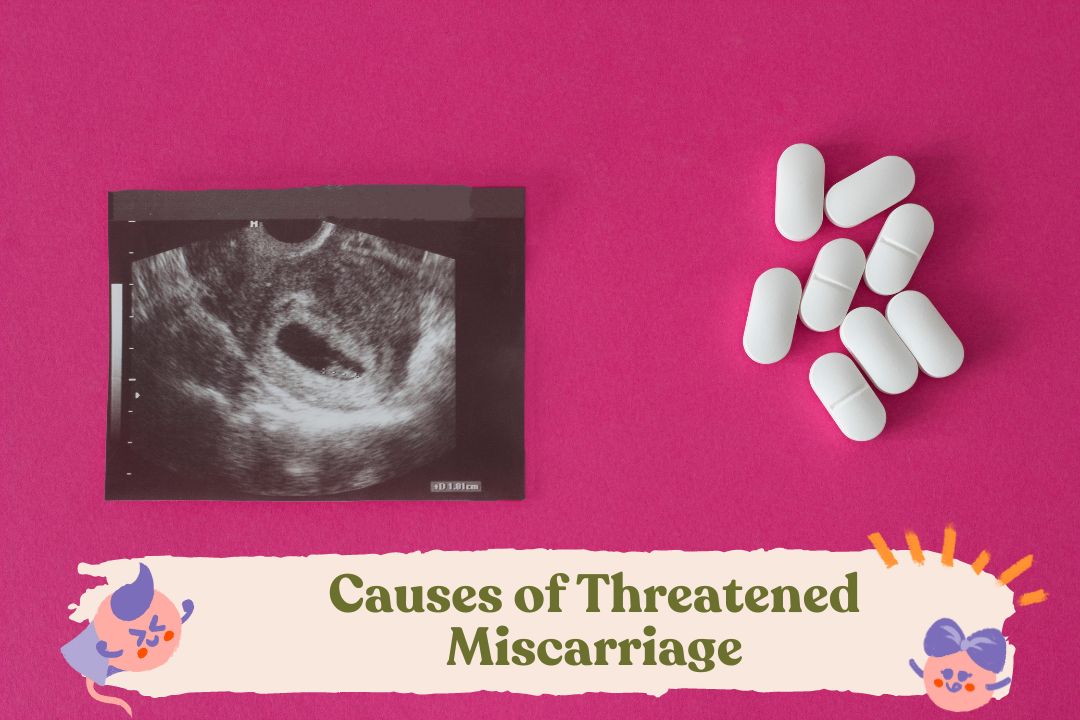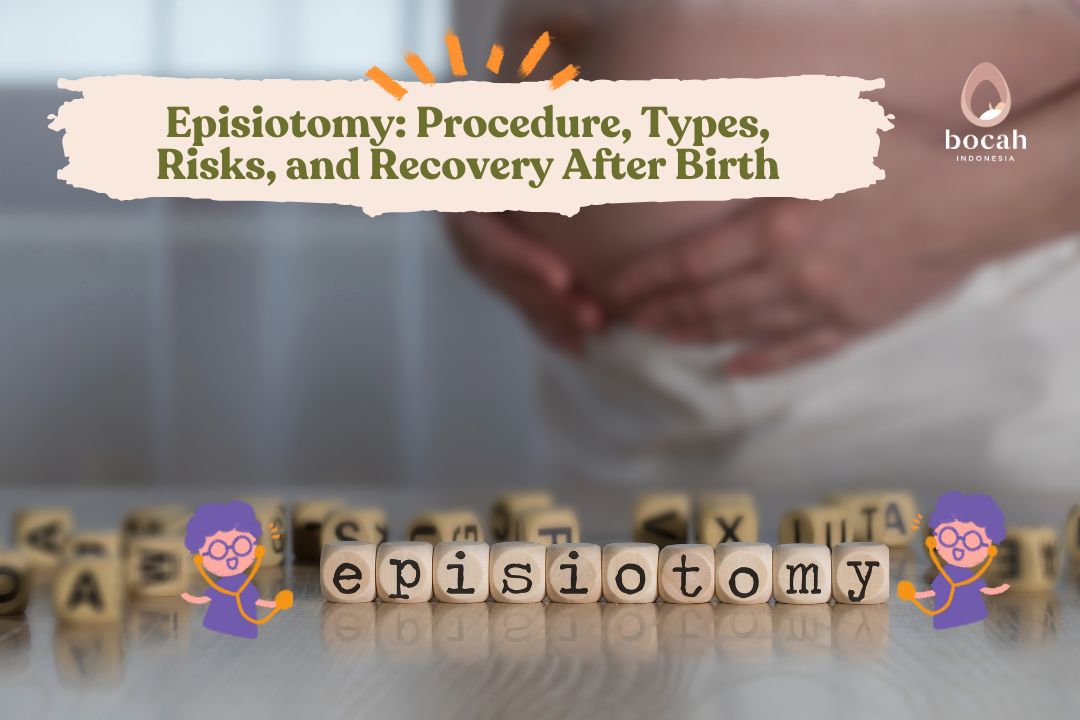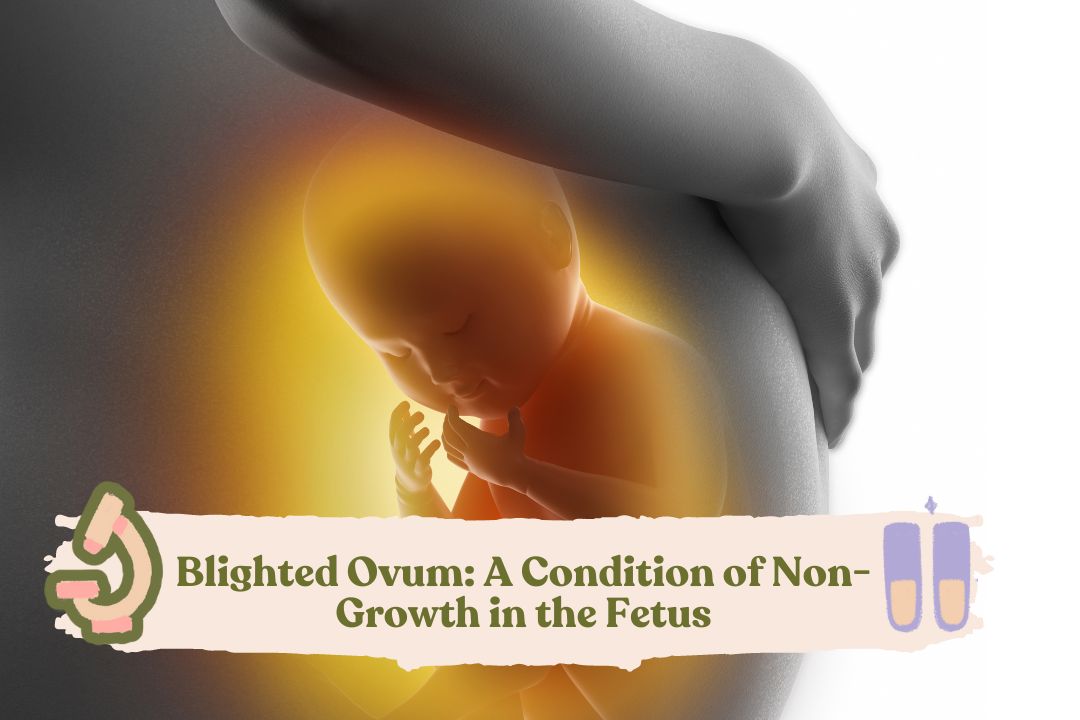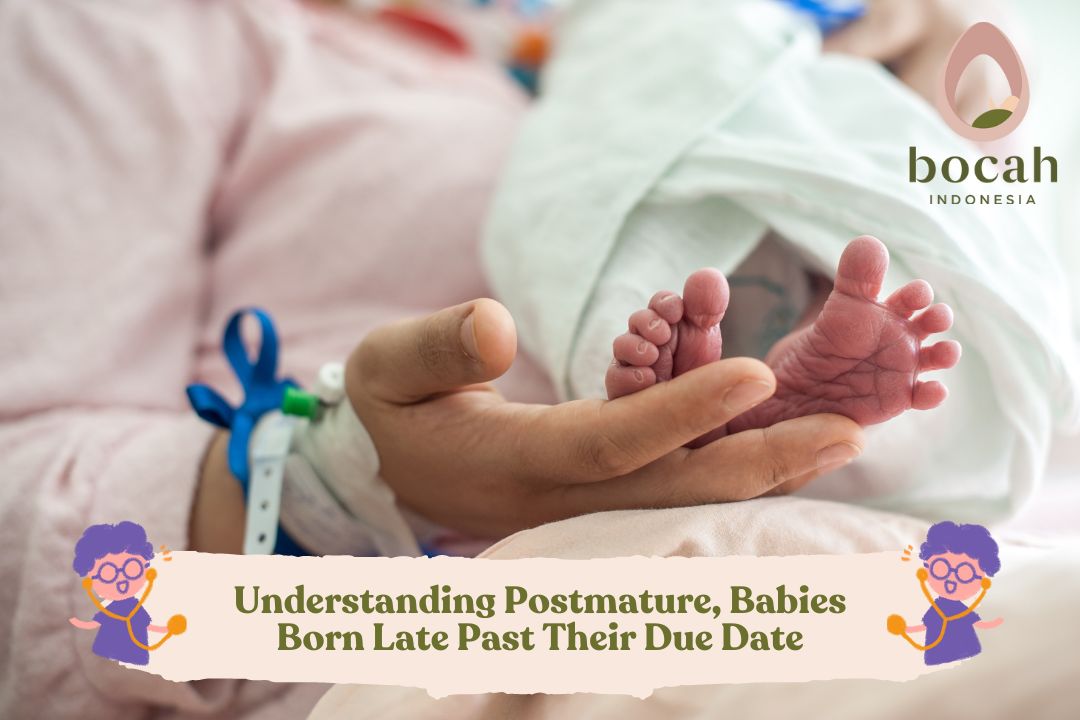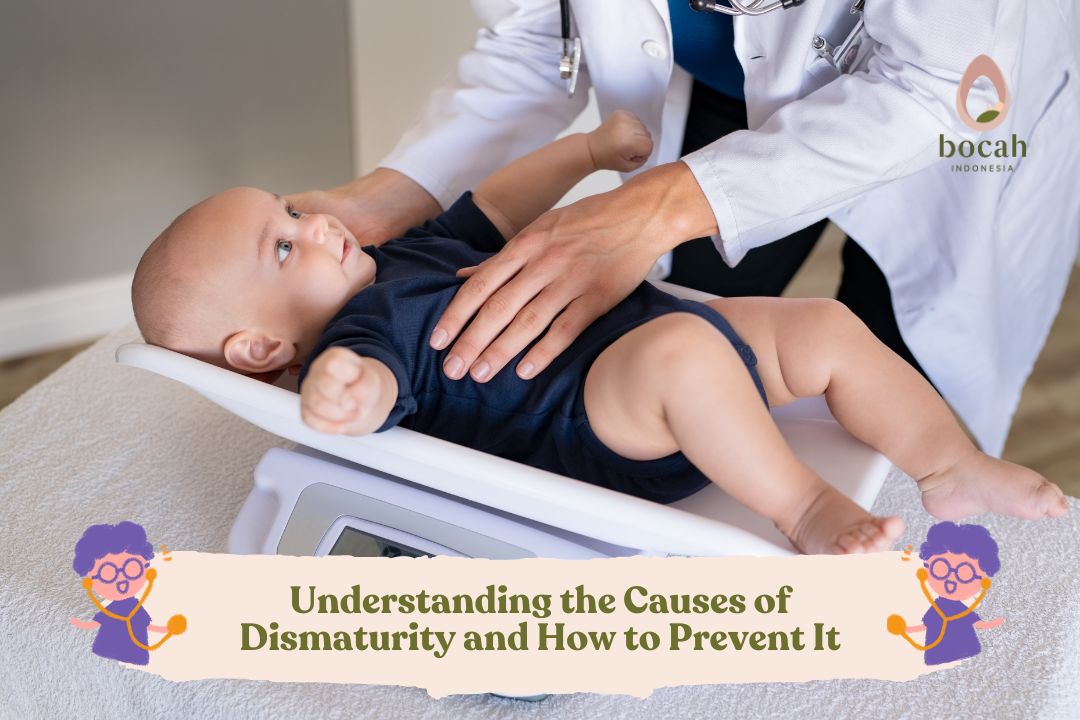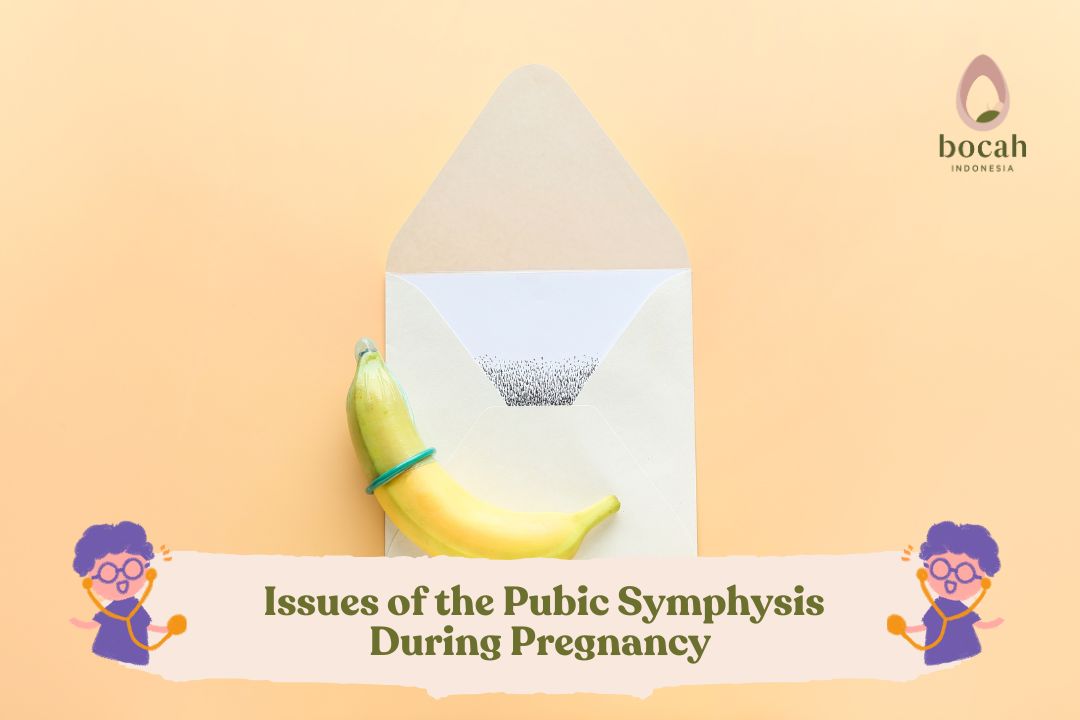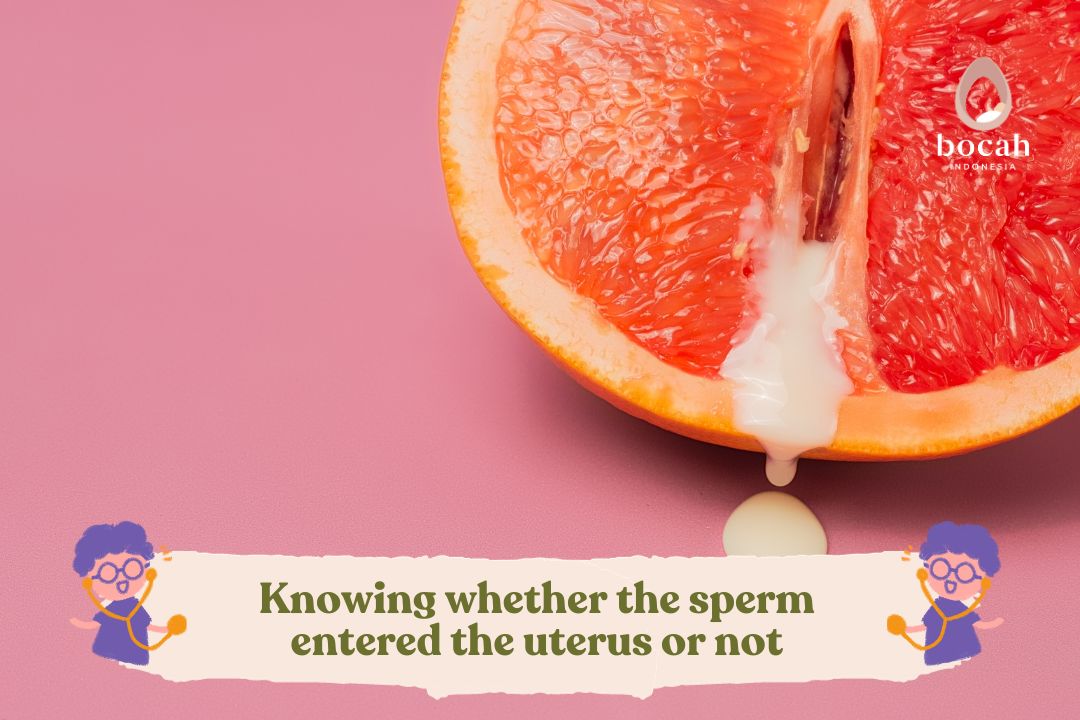Understanding the Types of Miscarriage That Can Occur
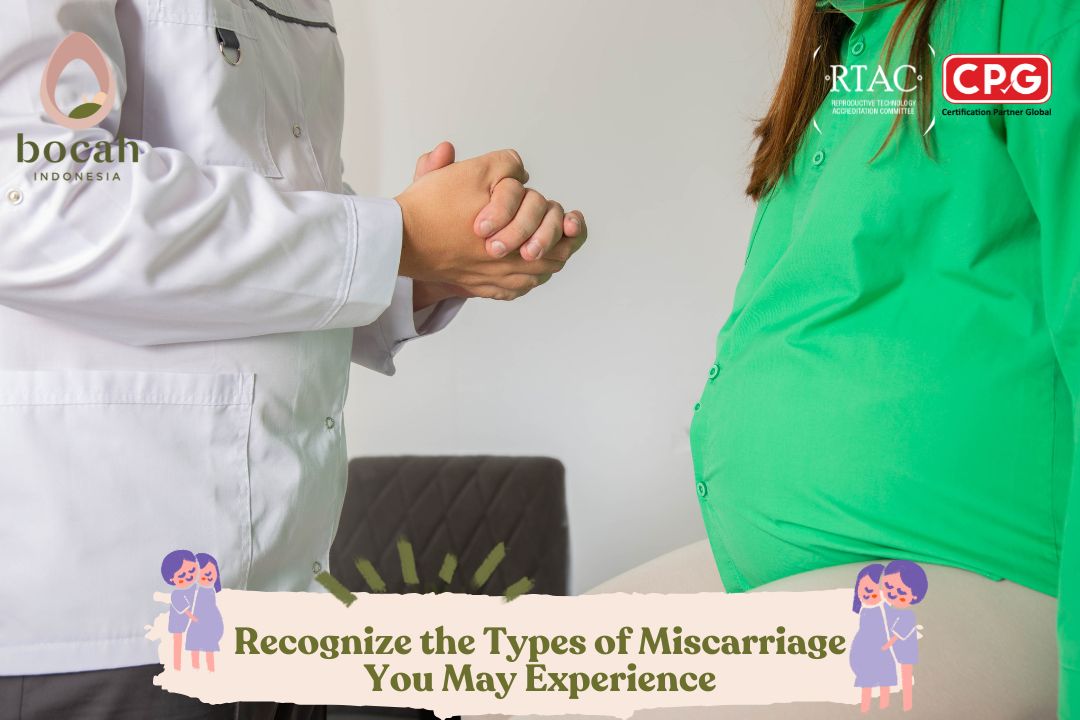
Most cases of miscarriage are caused by genetic abnormalities, making this pregnancy complication difficult to prevent.
By definition, miscarriage—or abortus—is the spontaneous termination of pregnancy before it reaches 20 weeks of gestation. Its incidence is around 10–20% of all pregnancies. However, the actual number is likely higher because many miscarriages occur very early, even before a woman realizes she is pregnant.
Based on the timing, there are two main categories:
-
Early miscarriage (early pregnancy loss): Occurs before 13 weeks of gestation (or up to 12 weeks and 6 days). Most miscarriages happen during this period.
-
Late miscarriage (mid-trimester fetal loss): Occurs after 13 weeks of gestation but before the fetus weighs 500 grams or the pregnancy reaches 20 weeks.
Tanya Mincah tentang Promil?
In this article, we will focus primarily on early miscarriage, also known as spontaneous abortion.
What Is Spontaneous Abortion?
Spontaneous abortion occurs in about 10 out of 100 pregnancies. In roughly half of these cases, the embryo fails to develop properly due to abnormal genetic material (chromosomes). Chromosomes exist in every cell of the body and carry genes that determine individual development and function.
During fertilization, when the egg and sperm combine, two sets of chromosomes meet. If the egg or sperm contains too many or too few chromosomes, the resulting embryo will have an abnormal number of chromosomes. This often leads to miscarriage.
It is important to understand that miscarriage typically happens at random. It is not caused by either partner’s actions, nor by working, exercising, stress, arguments, sexual intercourse, or prior use of birth control pills. Even morning sickness does not cause miscarriage.
Some women believe miscarriage happens because of a fall, physical blow, fear, or stress. In most cases, this is not true. These events may simply occur around the same time as the miscarriage, making them seem related.
Does Age Affect Miscarriage Risk?
The risk of miscarriage increases with a woman’s age. For women over 40, about 1 in 3 pregnancies ends in miscarriage. Women over 35 also have a higher risk compared to younger women. Specific risk rates by age:
-
Age 35: 20% risk of miscarriage
-
Age 40: 33–40% risk
-
Age 45: 57–80% risk
There is also evidence that chromosomal abnormalities in embryos increase as paternal age advances, though the exact age at which this begins is unclear.
Other factors that increase miscarriage risk include:
-
A history of previous miscarriage (one or more episodes)
-
Chronic medical conditions such as uncontrolled diabetes, hypertension, or autoimmune disorders
-
Uterine abnormalities or cervical insufficiency
-
Smoking, alcohol use, excessive caffeine intake, or drug abuse
-
Extreme nutritional status (underweight or obese)
-
Genetic abnormalities, such as chromosomal translocation in one partner, which may lead to recurrent pregnancy loss when passed to the embryo
Signs and Symptoms of Miscarriage
The most common sign of miscarriage is vaginal bleeding, which can range from light spotting to heavy bleeding. It may or may not be accompanied by lower abdominal pain or cramping. Other signs include:
-
Discharge of fluid from the vagina
-
Passage of pregnancy tissue through the vagina
Light bleeding in early pregnancy can be normal and does not always indicate miscarriage. However, if bleeding persists for days, worsens, or is associated with cramping, medical evaluation is necessary.
How Is Miscarriage Diagnosed?
To confirm miscarriage, doctors may perform:
-
Blood tests to measure beta-human chorionic gonadotropin (β-hCG). Low or declining levels suggest miscarriage.
-
Pelvic examination to assess if the cervix is dilating or open.
-
Ultrasound (USG) to check fetal heartbeat and viability. If results are inconclusive, the test may be repeated in one week.
-
Tissue analysis if tissue has been expelled, to confirm miscarriage and rule out other causes.
-
Chromosomal testing for couples with recurrent miscarriages (two or more), to check for genetic abnormalities.
Types of Miscarriage (Spontaneous Abortion)
Based on clinical findings and test results, miscarriage can be categorized as:
-
Threatened miscarriage (Abortus imminens): Vaginal bleeding without cervical dilation. Pregnancy may still continue.
-
Inevitable miscarriage (Abortus insipiens): Vaginal bleeding with cervical dilation; miscarriage cannot be avoided.
-
Incomplete miscarriage: Some pregnancy tissue has been expelled, but some remains in the uterus.
-
Complete miscarriage: All pregnancy tissue has been expelled, typically before 12 weeks.
-
Missed abortion: The embryo or fetus has died or never developed, but pregnancy tissue remains in the uterus.
Septic Abortion
If retained tissue becomes infected, a septic abortion may occur, usually within 1–2 days. Symptoms include:
-
Fever above 38°C (100.4°F)
-
Chills
-
Lower abdominal pain
-
Foul-smelling vaginal discharge
-
Vaginal bleeding
Recurrent Miscarriage
Recurrent pregnancy loss (RPL) affects about 1% of couples. It is defined as two or more consecutive miscarriages confirmed by ultrasound or histopathology. Types include:
-
Primary RPL: Repeated miscarriages in a woman who has never had a live birth
-
Secondary RPL: Repeated miscarriages after a previous live birth
Comprehensive evaluation is recommended after two consecutive losses.
How Is Miscarriage Managed?
Incomplete miscarriage requires special attention because retained tissue can lead to infection. Management options include:
-
Expectant management (wait and see): Allowing tissue to pass naturally within about two weeks
-
Medication: To help expel tissue from the uterus
-
Surgical management:
-
Vacuum aspiration: Removal of uterine contents using suction
-
Dilation and curettage (D&C): Dilating the cervix and scraping the uterine lining
-
Risks of surgery include bleeding, infection, and organ injury.
Can Miscarriage Be Prevented?
Often, miscarriage cannot be prevented because it is due to chromosomal abnormalities. However, women can reduce risk by:
-
Attending regular prenatal check-ups during pregnancy and postpartum
-
Avoiding smoking, alcohol, drugs, and limiting caffeine to 200 mg/day
-
Taking prenatal vitamins regularly
-
Managing chronic conditions with medical guidance
-
Discussing prior miscarriage history with a healthcare provider
For couples trying to conceive, miscarriage can be emotionally challenging. However, many cases occur because of abnormal embryo development—a natural process to ensure survival of the fittest.
Source:
- American College of Obstetrician and Gynecologists. (September 2024). Early pregnancy loss. FAQ090. URL: https://www.acog.org/womens-health/faqs/early-pregnancy-loss.
- Mayo Clinic. [Last reviewed 16 Oct 2021]. Miscarriage. URL: https://www.mayoclinic.org/diseases-conditions/pregnancy-loss-miscarriage/symptoms-causes/syc-20354298.
- Prager S, Micks E, Dalton VK. Pregnancy loss (miscarriage): clinical presentations, diagnosis, and initial evaluation. In: UpToDate, Post, TW (Ed), UpToDate, Waltham, MA, 2023.
- Prager S, Micks E, Dalton VK. Pregnancy loss (miscarriage): terminology, risk factors, and etiology. In: UpToDate, Post, TW (Ed), UpToDate, Waltham, MA, 2023.
- Williams Obstetrics 26th Edition. Chapter 11.
- https://step2.medbullets.com/obstetrics/120373/spontaneous-abortion


